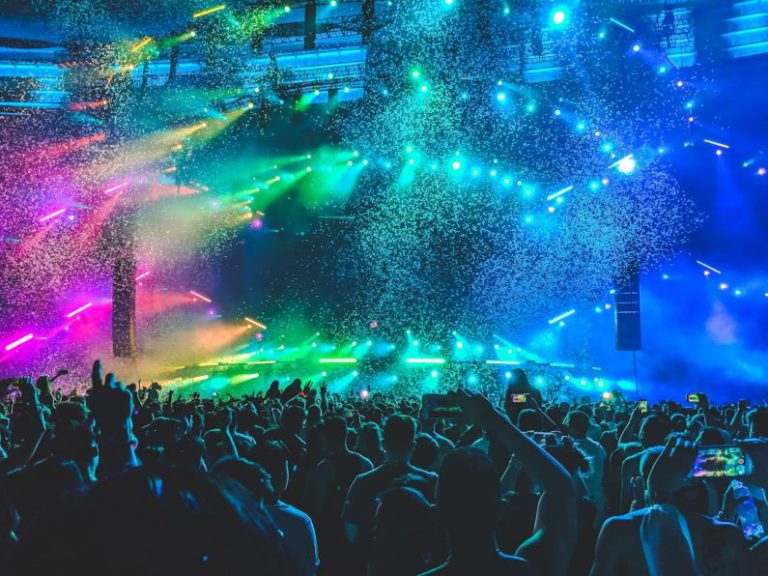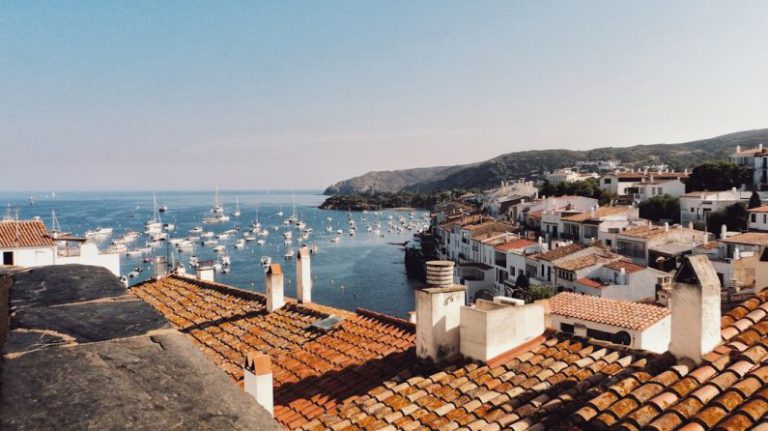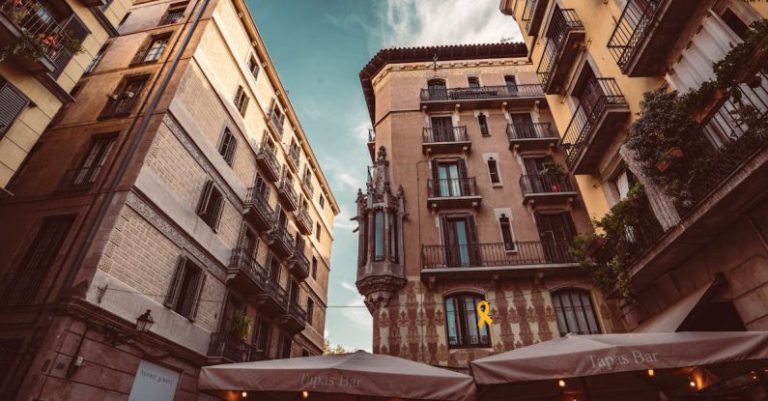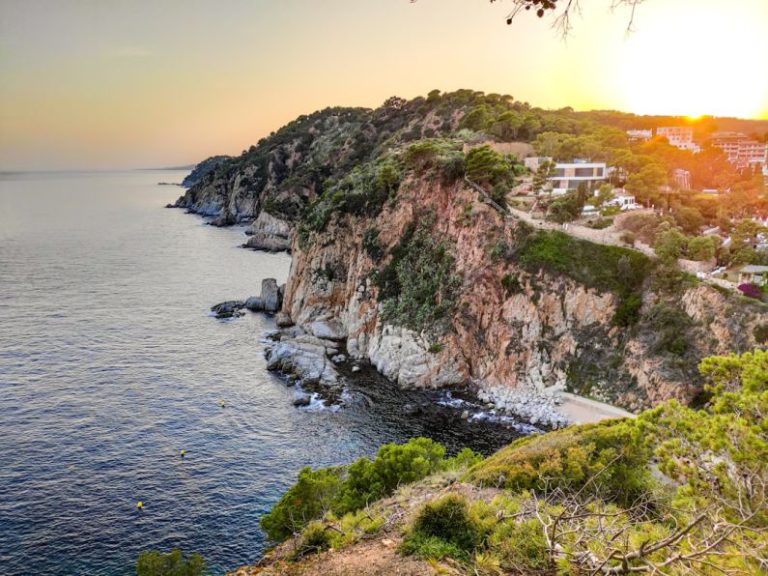Exploring Barcelona’s Modernist Buildings
Barcelona, the capital of Catalonia, is renowned for its stunning architecture, particularly its modernist buildings. This unique style, popular in the late 19th and early 20th centuries, is characterized by its elaborate details, organic shapes, and vibrant colors. Exploring Barcelona’s modernist buildings offers visitors a glimpse into the creative genius of architects like Antoni Gaudí, Lluís Domènech i Montaner, and Josep Puig i Cadafalch. From iconic landmarks to hidden gems, each building tells a story of innovation and artistic expression.
Architectural Marvels of Antoni Gaudí
No exploration of modernist buildings in Barcelona would be complete without a visit to the architectural marvels of Antoni Gaudí. Perhaps the most famous of his works is the Sagrada Família, a basilica that has been under construction for over a century. Its intricate façade, towering spires, and colorful stained glass windows make it a must-see for architecture enthusiasts. Park Güell, another of Gaudí’s creations, is a whimsical public park featuring mosaic-covered sculptures, winding pathways, and panoramic views of the city.
Hidden Gems of Lluís Domènech i Montaner
While Gaudí may be the most well-known modernist architect in Barcelona, Lluís Domènech i Montaner’s work is equally impressive. One of his lesser-known gems is the Palau de la Música Catalana, a concert hall known for its ornate façade and stunning interior. The building’s intricate mosaics, colorful stained glass windows, and elaborate sculptures showcase Domènech i Montaner’s attention to detail and love for natural motifs. Another hidden gem is the Hospital de Sant Pau, a former hospital complex that features a series of pavilions connected by underground tunnels, all adorned with intricate tile work and decorative elements.
Josep Puig i Cadafalch’s Architectural Legacy
Josep Puig i Cadafalch, another prominent modernist architect in Barcelona, left behind a rich architectural legacy that is worth exploring. Casa Amatller, located on the famous Passeig de Gràcia, is a prime example of his work. The building’s facade blends Gothic and modernist elements, creating a unique and visually striking appearance. Casa de les Punxes, also known as Casa Terradas, is another of Puig i Cadafalch’s masterpieces. Its six-pointed star-shaped towers, intricate balconies, and decorative motifs make it a standout example of Catalan modernism.
Immersing Yourself in Barcelona’s Modernist Architecture
To fully immerse yourself in Barcelona’s modernist architecture, consider taking a guided tour or exploring the city on foot. The Eixample district, known for its grid-like layout and wide boulevards, is a treasure trove of modernist buildings. Wander down Passeig de Gràcia to admire iconic structures like Casa Batlló and Casa Milà, both designed by Gaudí. Don’t forget to venture off the beaten path to discover hidden gems like Casa Vicens, Gaudí’s first major commission, or Casa Comalat, a lesser-known modernist gem tucked away on Carrer de Corsega.
Appreciating Barcelona’s Modernist Legacy
As you explore Barcelona’s modernist buildings, take a moment to appreciate the legacy of innovation and creativity left behind by visionary architects like Gaudí, Domènech i Montaner, and Puig i Cadafalch. These buildings are more than just architectural landmarks; they are testaments to the artistic vision and cultural identity of Catalonia. Whether you’re a seasoned architecture enthusiast or simply a curious traveler, Barcelona’s modernist buildings offer a fascinating glimpse into a bygone era of artistic expression and design.
In conclusion, exploring Barcelona’s modernist buildings is a journey through time and creativity, a chance to marvel at the ingenuity of some of the world’s greatest architects. From Gaudí’s fantastical creations to Domènech i Montaner’s ornate masterpieces and Puig i Cadafalch’s unique designs, each building tells a story of passion, innovation, and cultural heritage. Barcelona’s modernist architecture is a living testament to the city’s artistic soul, inviting visitors to step back in time and experience the beauty and wonder of a truly unique architectural style.






